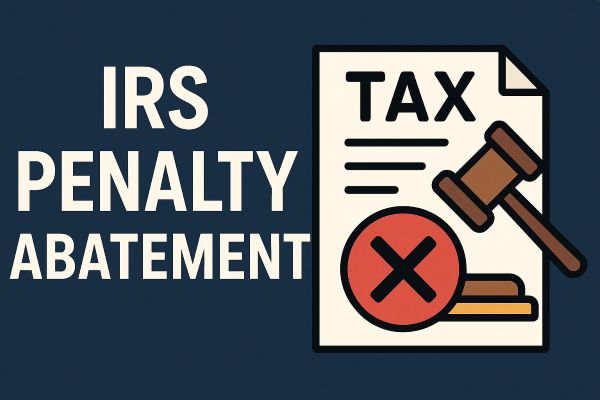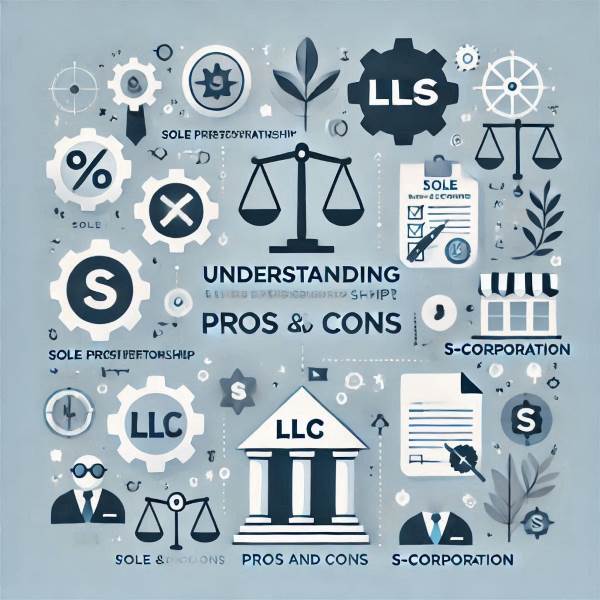When setting up an LLC, one critical decision to make is how you want it to be taxed.
The two common options are:
- LLC Taxed as Sole Proprietorship
- LLC Taxed as S-Corporation
Let’s break down the differences and the potential tax savings between these two options.
LLC Taxed as Sole Proprietorship
An LLC taxed as a sole proprietorship is the default tax classification for single-member LLCs.
Here, the business is considered a “disregarded entity” for tax purposes.
This means:
- Simplicity: The business income and expenses are reported on your personal tax return (Form 1040), specifically on Schedule C.
- Self-Employment Taxes: You must pay self-employment taxes total 15.3% (Social Security and Medicare) on the net income of the business.
LLC Taxed as S-Corporation
An LLC can elect to be taxed as an S-Corporation by filing Form 2553 with the IRS.
This election can provide tax advantages, but it comes with more complexity:
- Salary and Distributions: As an owner, you are required to pay yourself a reasonable salary, which incurs a payroll taxes of 15.3%. The remaining profits can be distributed, which are exempt from self-employment taxes. This allows you to save 15.3% in payroll taxes on the remaining profits.
- Tax Savings: This structure can reduce your overall tax liability, particularly with higher earnings, as distributions are not subject to Social Security and Medicare taxes (payroll taxes 15.3%).
- Distributions: Profits distributed from an S-Corporation are reported on Schedule K-1 and then reported on Schedule E as ordinary income.
Example Comparisons of Tax Savings
LLC Taxed as Sole Proprietorship
- Business Income Profit: $100,000
- Self-Employment Tax (15.3%): $15,300
- Federal Income Tax: $10,064 (Simplified)
- Total Taxes: $25,364
LLC Taxed as S-Corporation
- Business Income (Profit): $100,000
- Reasonable Salary: $40,000 (subject to payroll taxes)
- Distribution (Schedule K-1): $60,000 (not subject to payroll taxes)
- Self-Employment Taxes on Salary (15.3% of $40,000): $6,120
- Federal Income Tax: $11,626 (Simplified, included tax on $60,000 distribution)
- Total Taxes: $17,746
Total Tax Saving: $25,364 – $17,746 = $7,618
In this simplified example, the S-Corporation provides a $7,618 tax saving by avoiding self-employment taxes on distribtutions. The real tax savings can be more significant with higher incomes.
Conclusion
Choosing between an LLC taxed as a sole proprietorship and an LLC taxed as an S-Corporation depends on your specific business situation. While the S-Corporation can offer tax savings, it comes with additional administrative responsibilities and complexities. Consulting with a tax professional can help determine the best option for your LLC.



